40 years to the legendary Mi-24 combat helicopter (part of 3) Modification B
By the beginning of the development of the 9K113 "Shturm-V" supersonic anti-tank system in 1967, the Kolomna designers from KBM had a scientific and technical reserve in the class of supersonic missiles launched from tank guns - launchers, which they tried to make the most of. In 1970, KBM began to test the launch of a supersonic ATGM from a Mi-8 helicopter laboratory equipped with a prototype of a semi-automatic RCS, at the test range in Lar-tsevy Polyany. The full-scale development of the Shturm-V ATGM was started, having received in February 1972 an installation copy of the Mi-24A. In 1973, one of the Mi-24V prototypes was connected to the tests, equipped with a 9K113 complex with four 9M114 ATGMs on RP-2-149TK launchers. Pilots B. Savinov and Yu. Chapaev and navigator-operator V. Puganov took part in this work.
When launched at the same distance, the supersonic rocket consumes more fuel than its subsonic counterpart, which is associated with a significant increase in aerodynamic drag. Therefore, it was tried to reduce ^, reducing the diameter of the rocket body to the minimum, providing the optimal form of a cumulative warhead for a given armor penetration. For the 9М114 ATGM, they chose a two-stage layout with an accelerating solid propellant rocket motor with nozzles at an angle to the longitudinal axis, which ensure the rocket rotation at the start. Unlike the Phalanx in its various modifications, the 130-mm rocket 9М114 was compactly housed in a fiberglass container. Four arc-shaped feather-wings tightly adhered to the surface of the instrument compartment, two flat aerodynamic steering wheels were sunk into the slots of the steering compartment. The electric hub from the steering compartment to the instrument compartment was held in a heat-insulated tube through the central channel of the sustained solid propellant rocket motor. At the start, after the rocket emerged from the container, under the action of centrifugal force, the rudders and wings held a fixed working position. Further rotation of the rocket on the trajectory was provided by the shape of the wings.
As a result of the painstaking work, the starting mass of the 9М114 supersonic rocket, with a maximum range of more than a quarter, was heavier than the 9М17П by just 10%. At the same time, the flight time of the “Sturm-Ma-B” on 4 km did not exceed 10,7 s, and on the old “Phalanx-PV” it had 24 s. Reducing flight time significantly reduced the time of enemy fire impact on the attacking helicopter. The appearance of the new complex allowed returning to the Mi-24В variant. He has an ATGM 9K113 "Sturm-V" with the guidance system "Raduga-Sh" provided the probability of hitting the target more than 92%.
On the Mi-24V, there were other innovations. For firing a machine gun in a fixed (zero) position and launching a NAR, the pilot set up a more sophisticated telescope ASP-17B. Additional fuel tanks were transferred from the cargo compartment to the wing pylons. State tests of the Mi-24В with the new ATGM system successfully ended on November 1975 at the Gorokhovetsky testing ground.
Already during operation, the insufficient effectiveness of the tail rotor was revealed. This was especially felt when maneuvering while hovering and having a certain wind speed. Sometimes it came to the point that the helicopter that started the rotation could not be “tamed” even with a full dacha. The way out was found quite simple: the screw was transferred from the starboard to the left, changing the direction of its rotation. The blades began to move toward the flow of air thrown by the rotor. This led to a decrease in the angles of installation of the blade and an increase in the margin to counter the negative influence of the wind on the efficiency of the tail rotor, which from the pushing one turned into a pulling one. They paid for this with a few big losses due to blowing the end beam with greater speed. After completion of the tail gearbox for changing the direction of rotation of the blades, the steering screw was again returned to its place as pushing.
The finished appearance of the Mi-24V acquired after entering service. By this time, the resource and reliability of the TVZ-117 engine had increased significantly. In 1977, ZMZ mastered the serial production of TVZ-117 3-series with resource 750 h and assigned resource 1500 h.
In the second half of the 1980-ies, after installing on the Mi-24В launchers APU-8 / 4-U the number of ATGM doubled. As noted above, the Achilles' heel of the Mi-24 was a rotor with a low efficiency factor. The use of a helicopter in the harsh conditions of Afghanistan required urgent measures to increase the static ceiling. On the engines TVZ-117 installed new electronic regulators. In addition, for a brief increase in power during takeoff and landing, a water injection system was introduced in front of the turbine. As a result, the static ceiling of the Mi-24D and Mi-24В in Afghanistan was succeeded in raising to 2,1 km.
- ON. Cleaver
- 40 years to the legendary Mi-24 combat helicopter (part of 1) Creation
40 years to the legendary combat helicopter Mi-24 (part 2) Modifications A, B and D
40 years to the legendary Mi-24 combat helicopter (part of 3) Modification B
40 years of the legendary combat helicopter Mi-24 (part of 4) Modifications P and VP
40 years to the legendary combat helicopter Mi-24 (part of 5) Modification Mon
40 years to the legendary Mi-24 combat helicopter (part of 6). Modifications of P, K and VM
40 years to the legendary Mi-24 combat helicopter (7 part) Mi-35
40 years to the legendary Mi-24 combat helicopter (part of 8) Foreign upgrade options
40 years to the legendary Mi-24 combat helicopter (part of 9)
40 years to the legendary Mi-24 combat helicopter (part of 10) Technical specification
40 years to the legendary Mi-24 combat helicopter (part of 11) Mastering in structural units
40 years to the legendary Mi-24 combat helicopter (part of 12) in Afghanistan



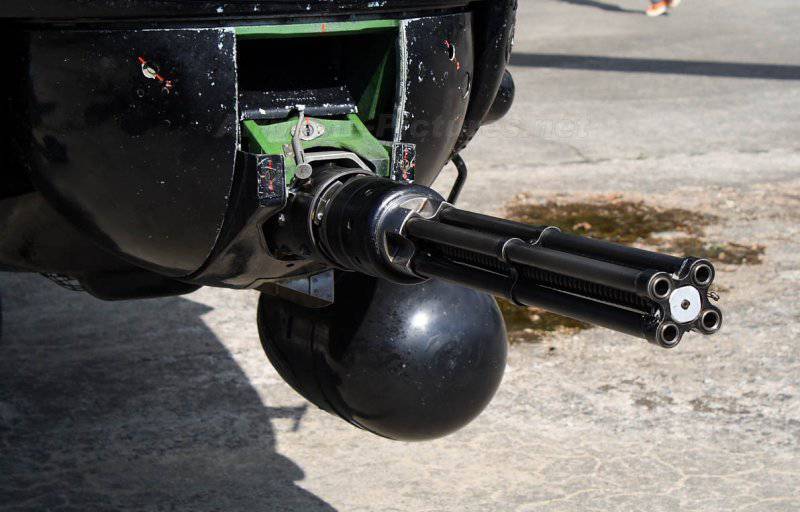
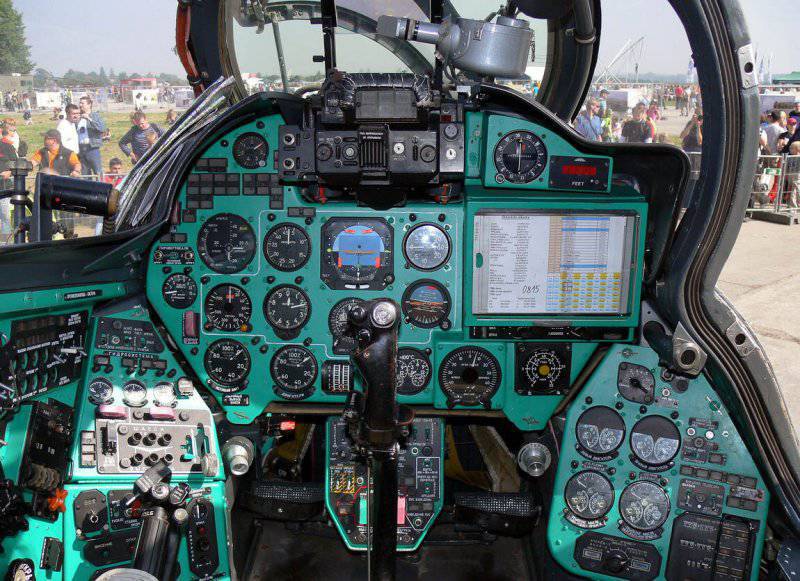
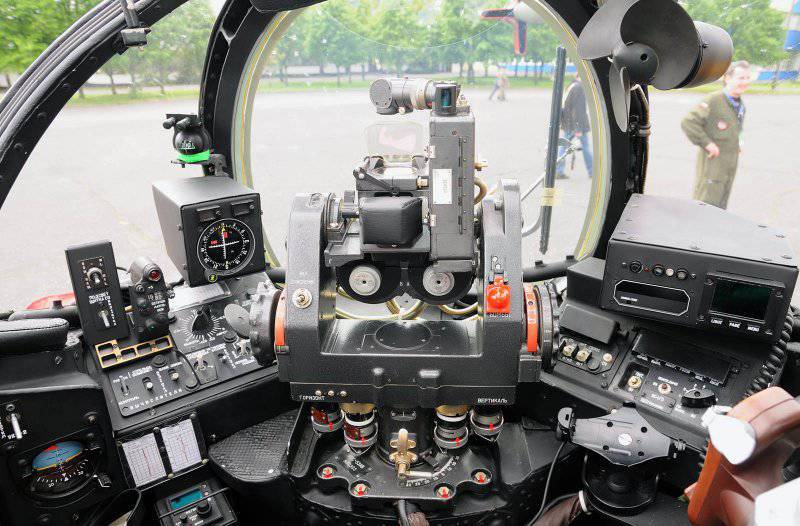
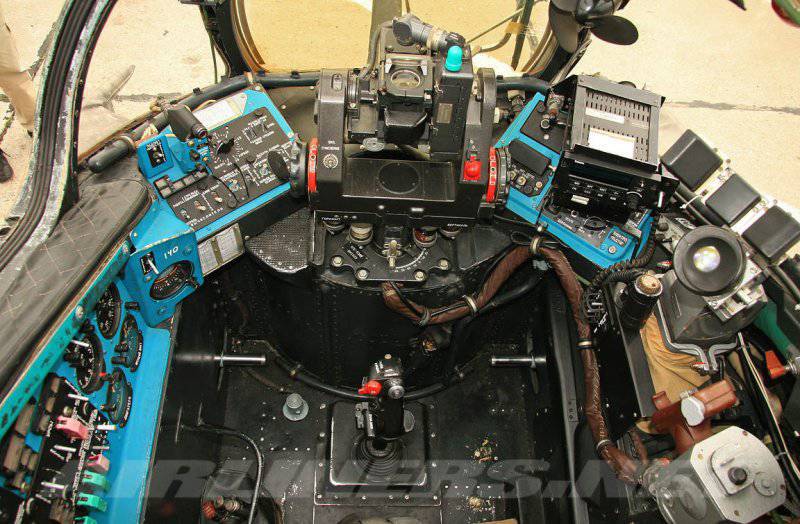
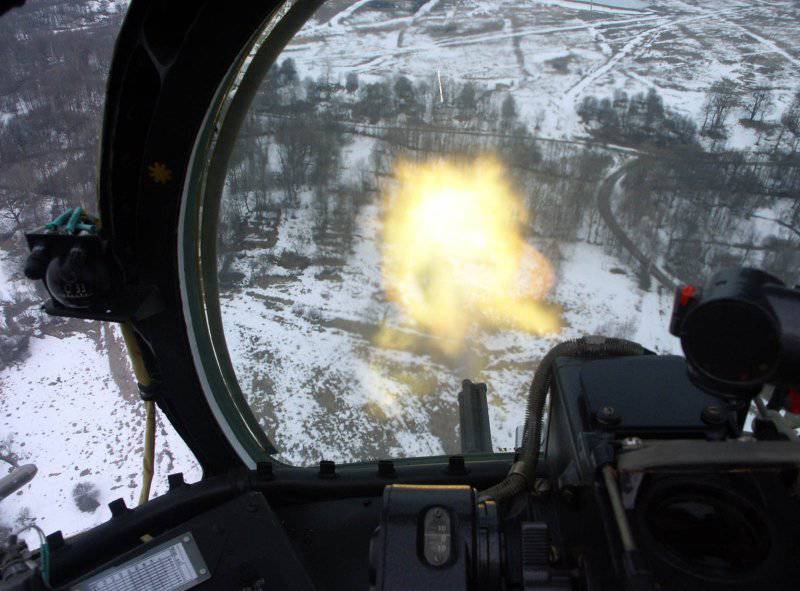
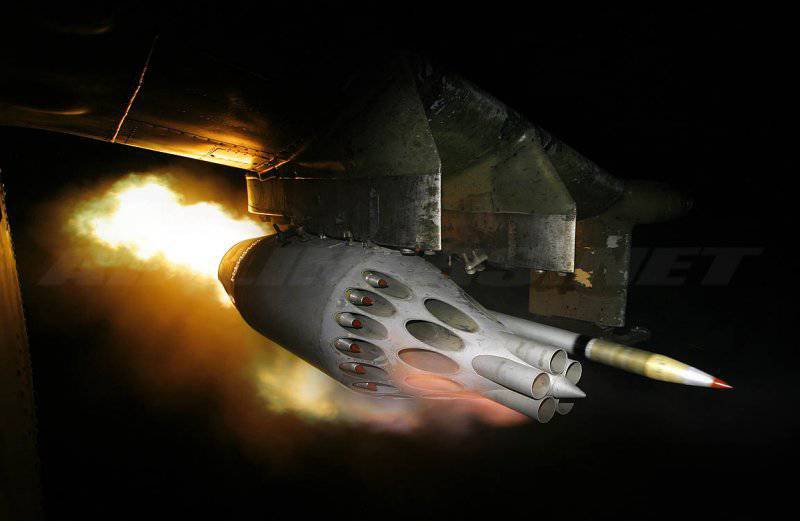
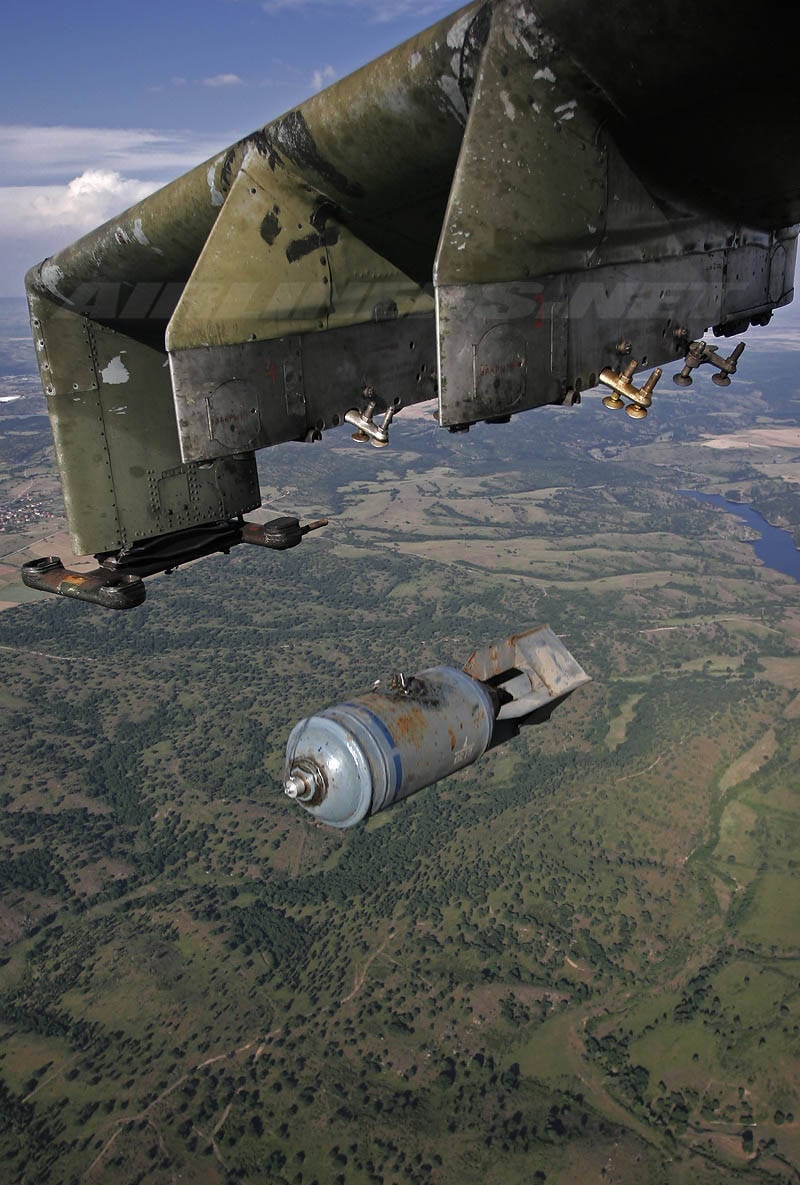
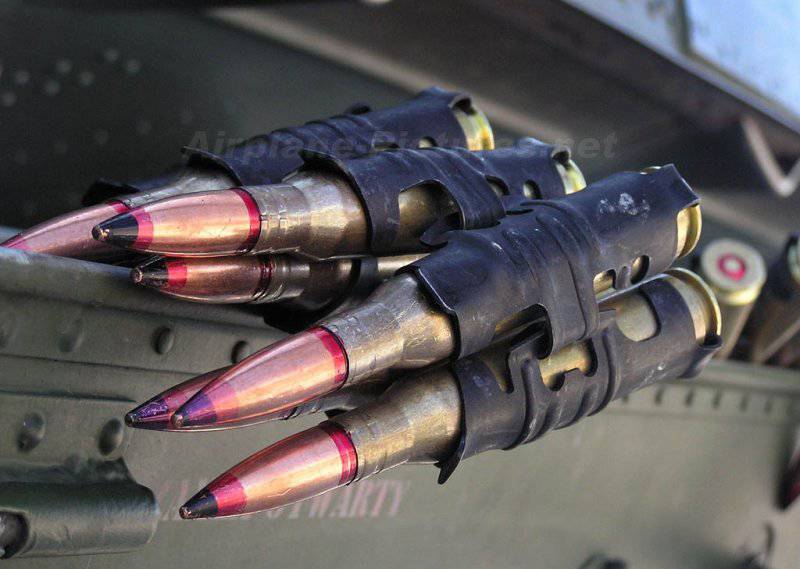
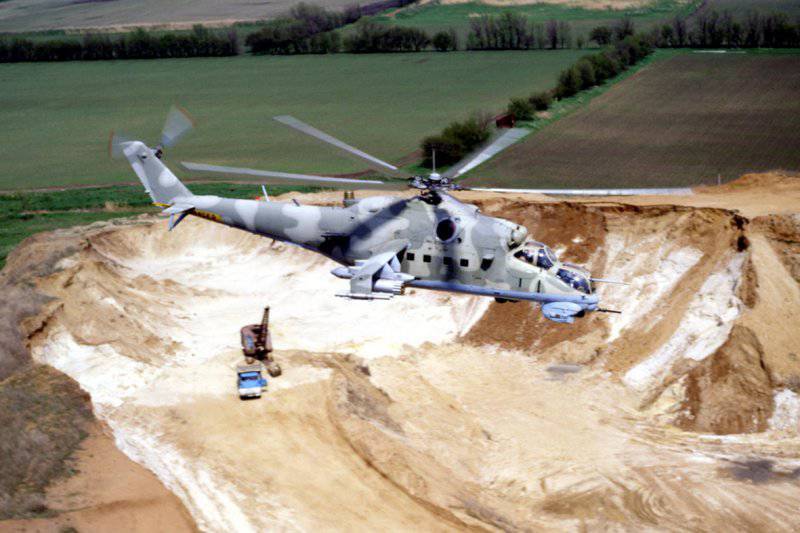
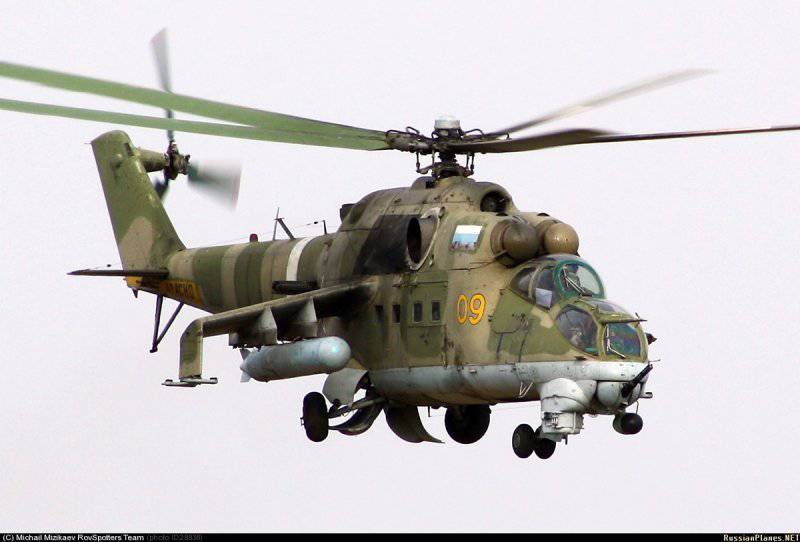
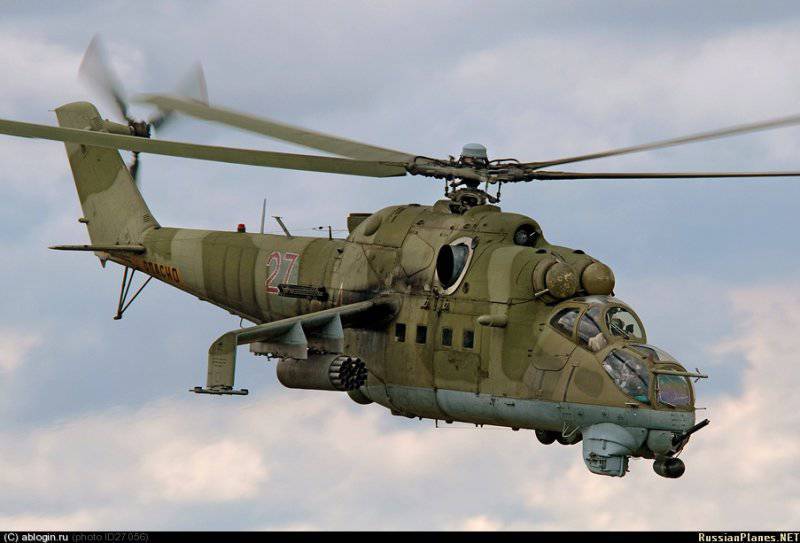
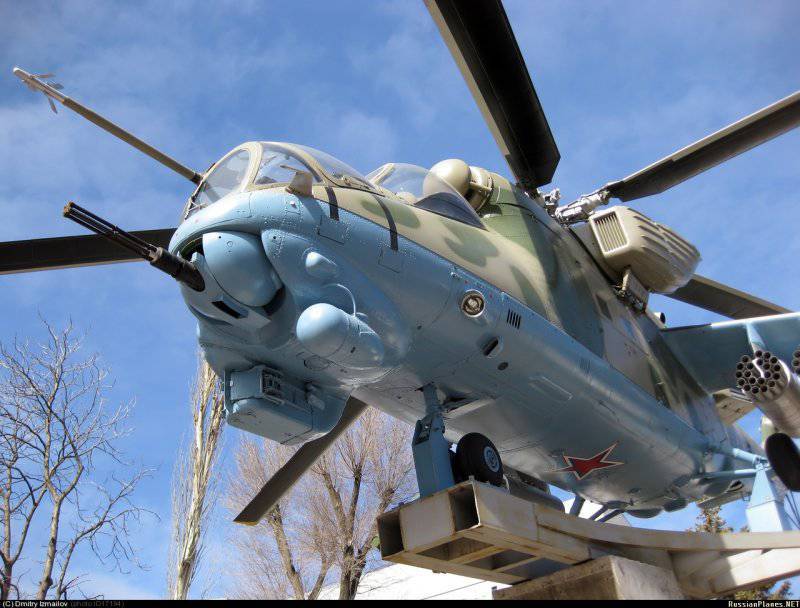
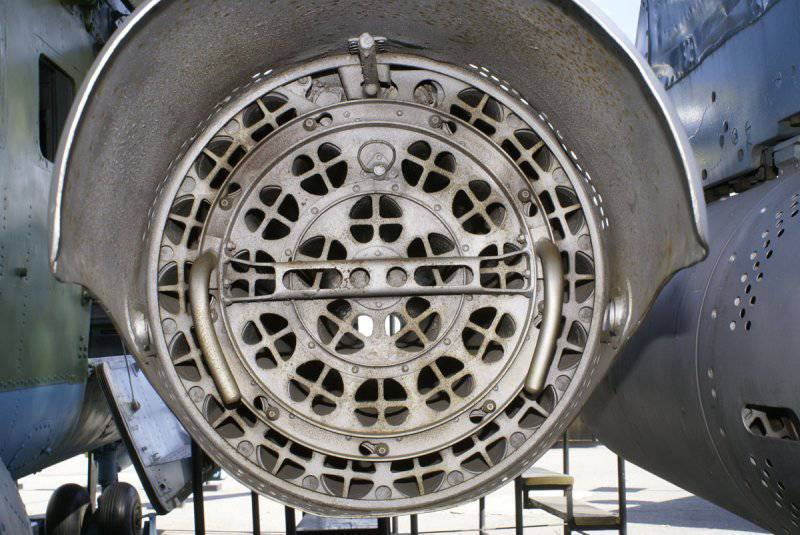
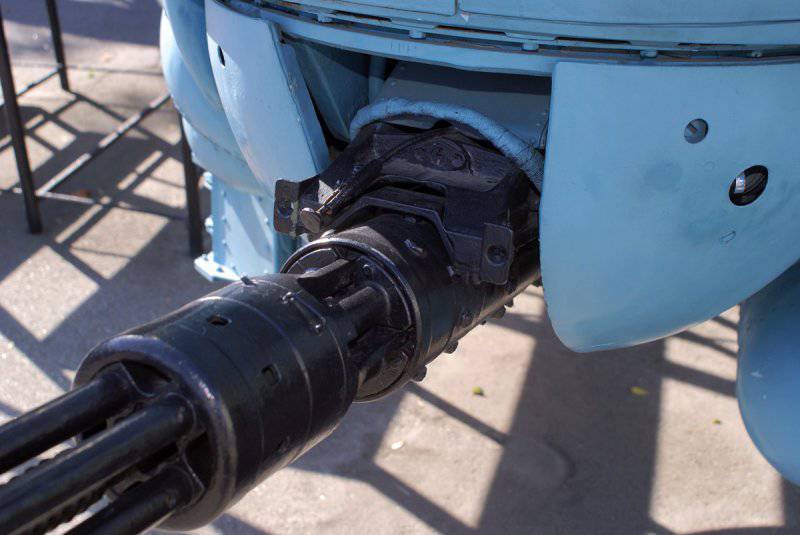
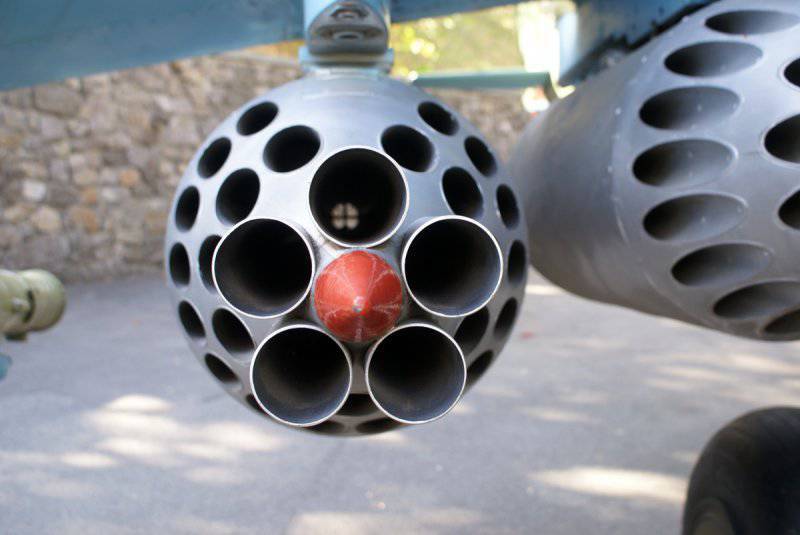
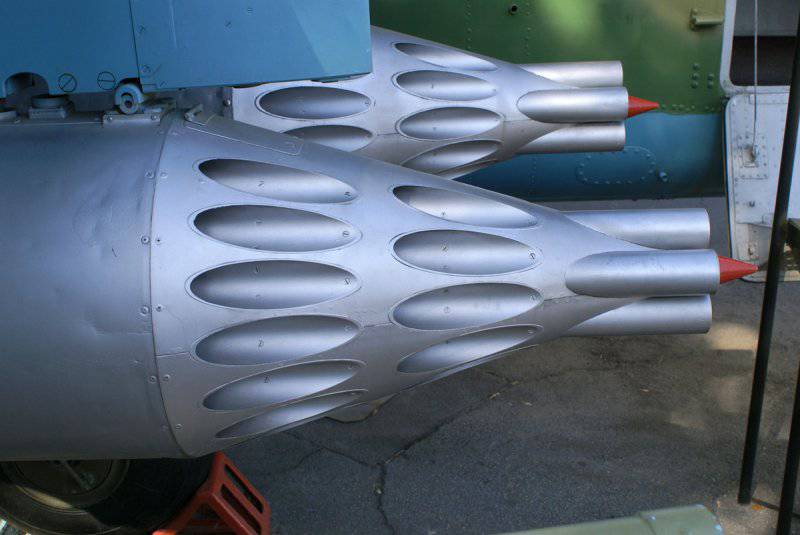
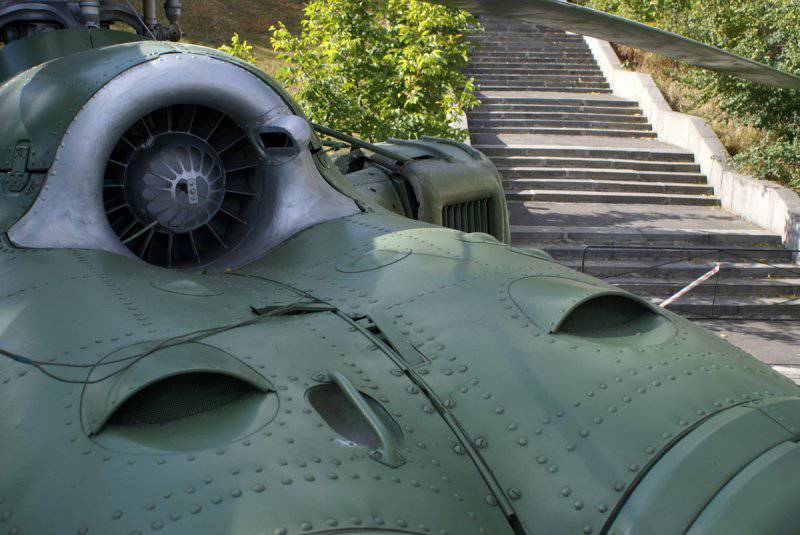
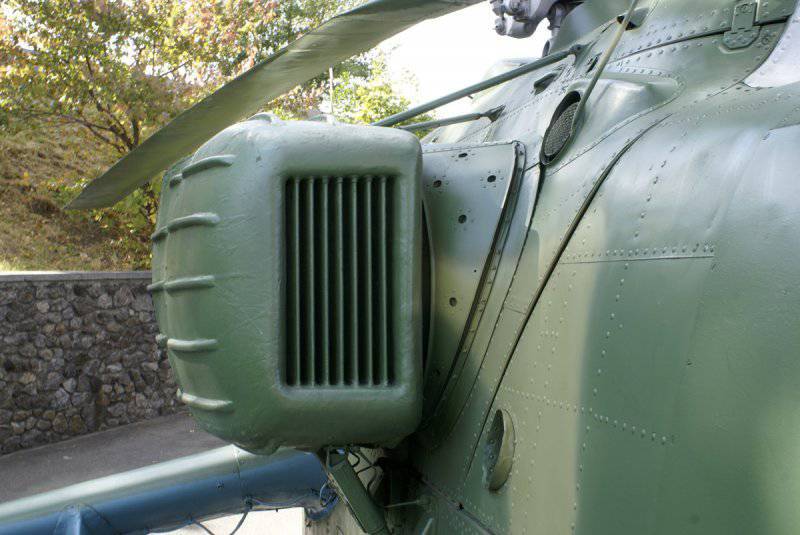
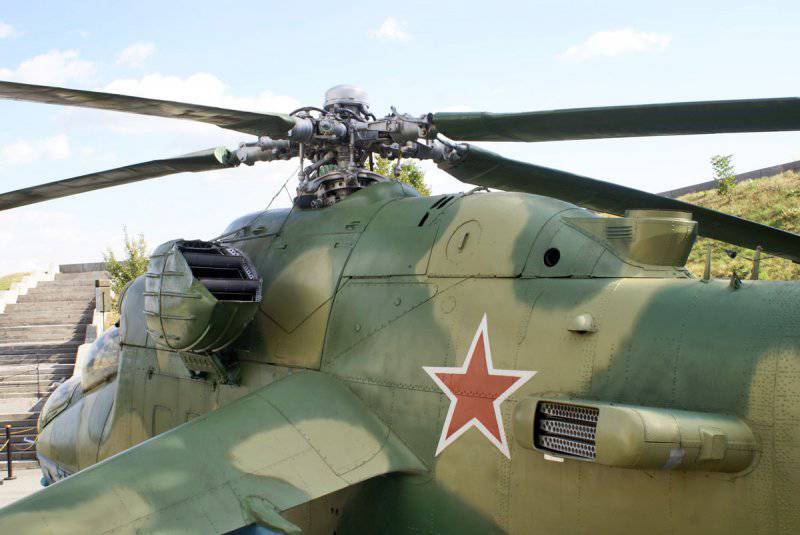
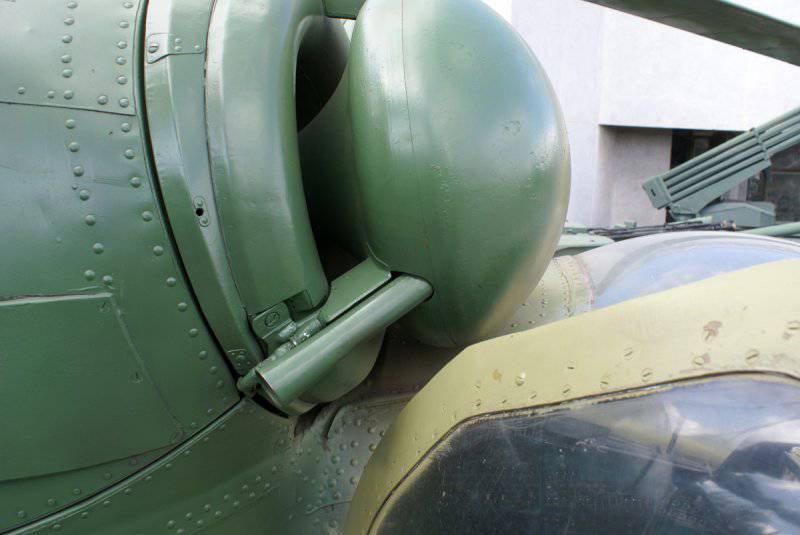
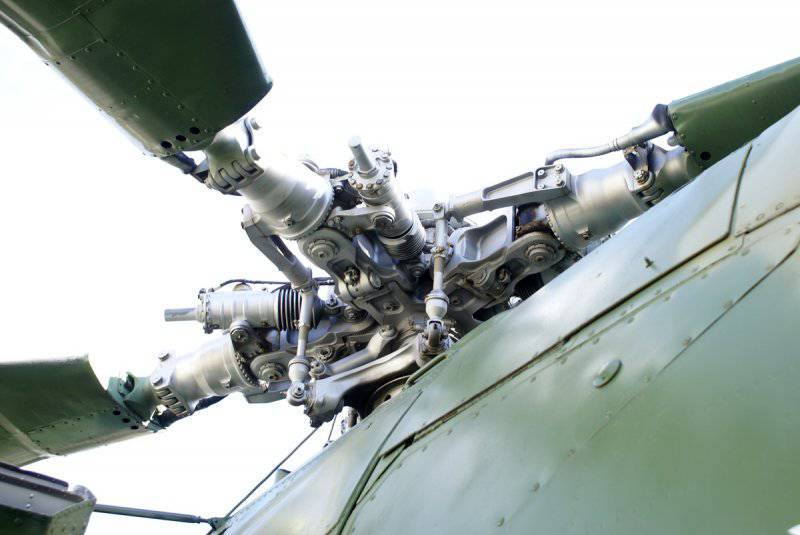
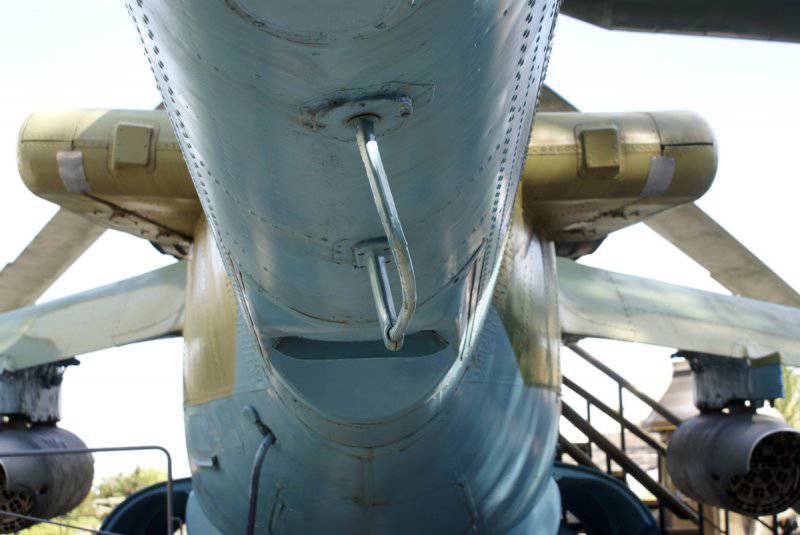
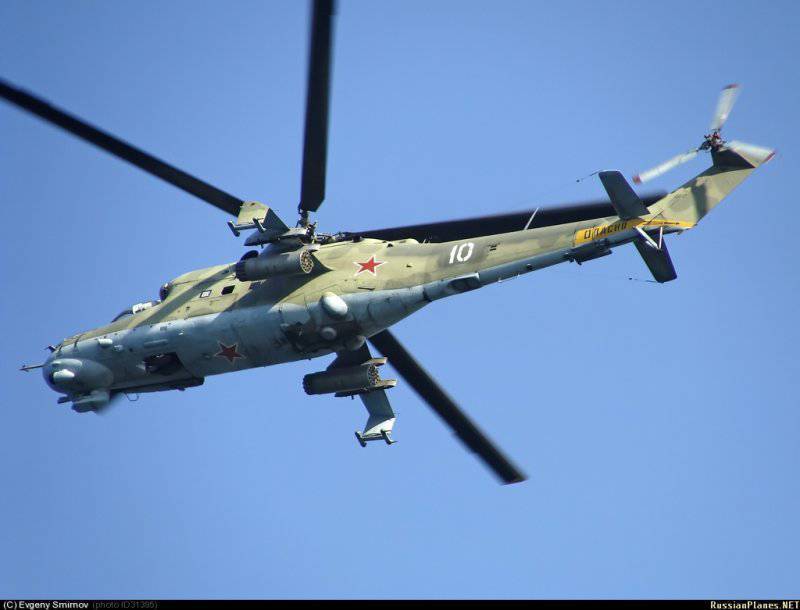
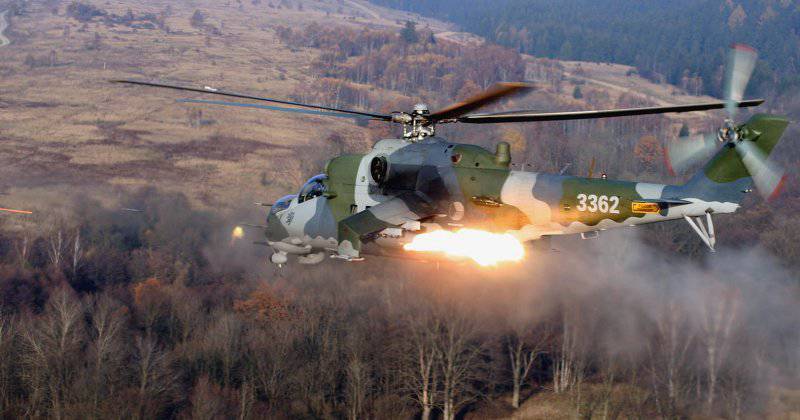
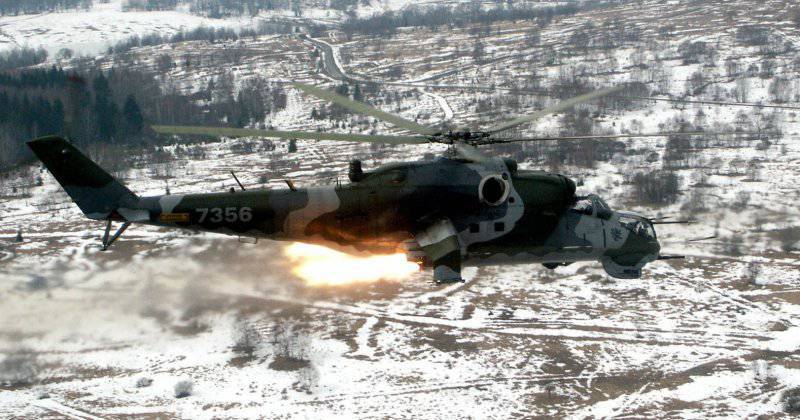
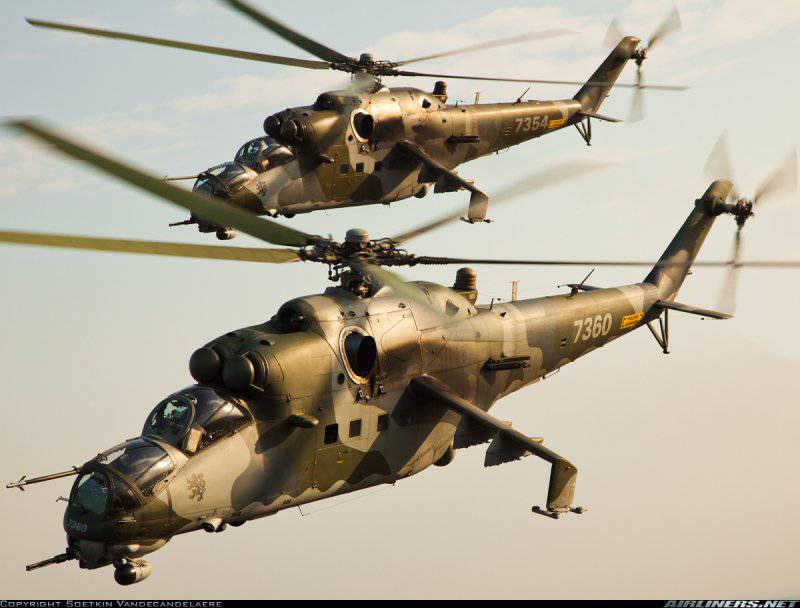
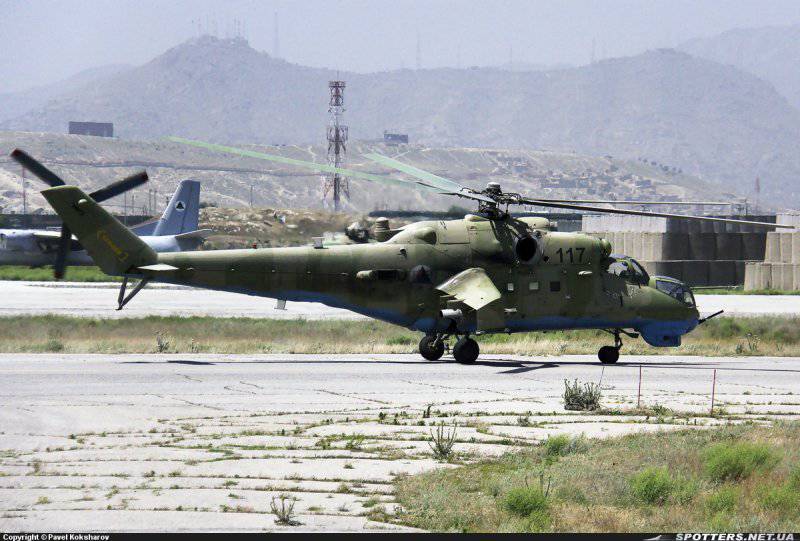
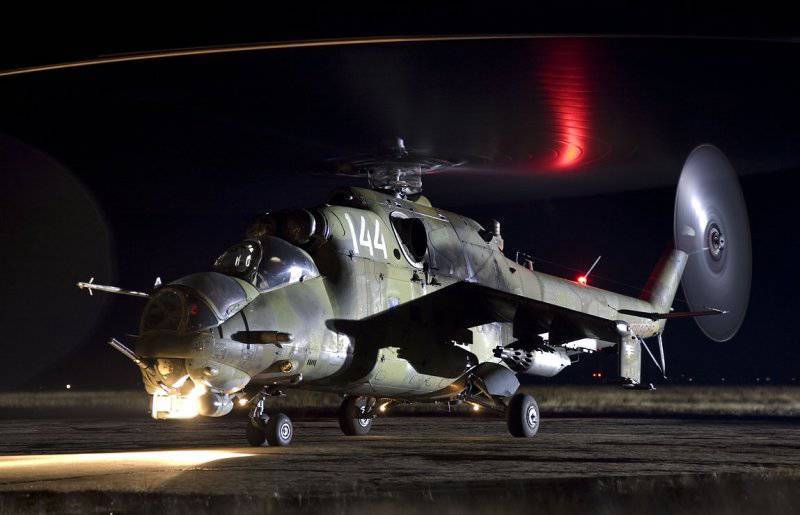
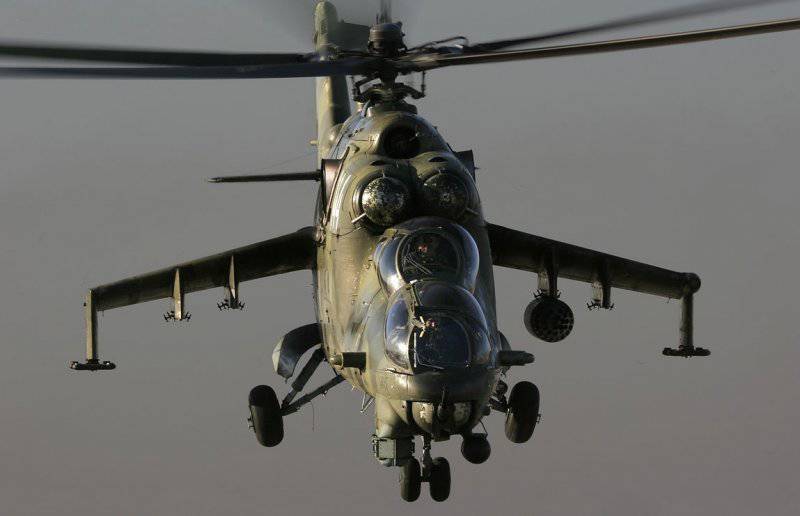
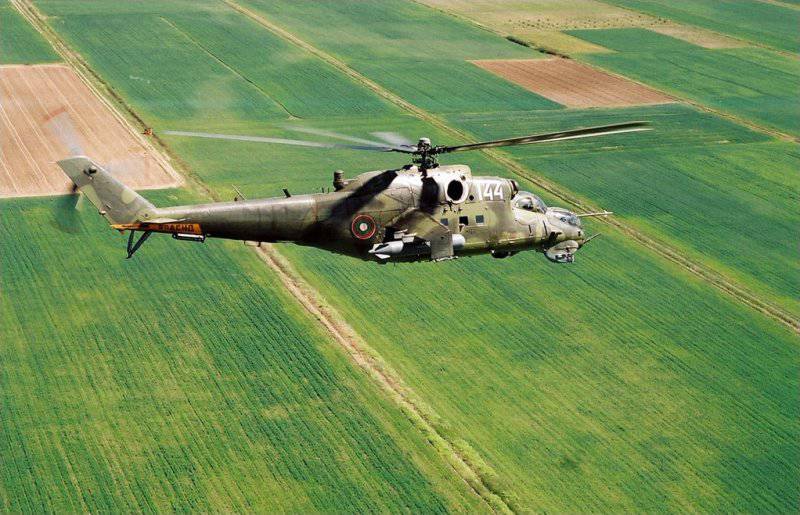
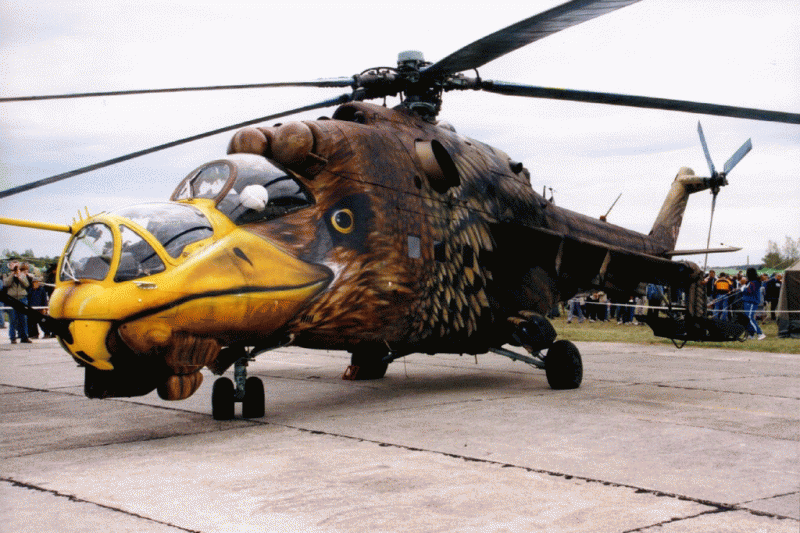
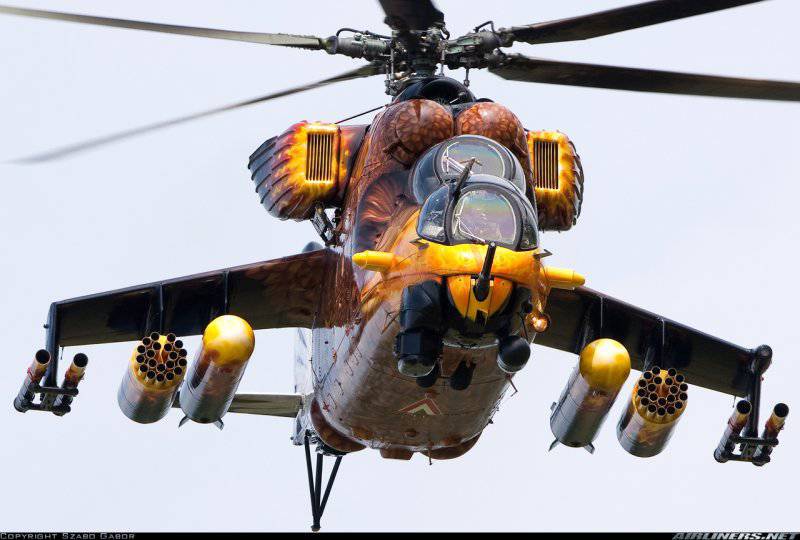
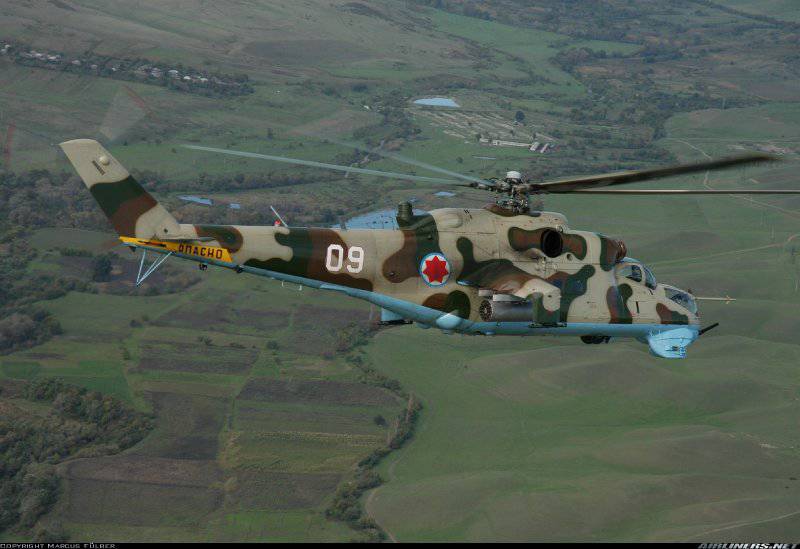
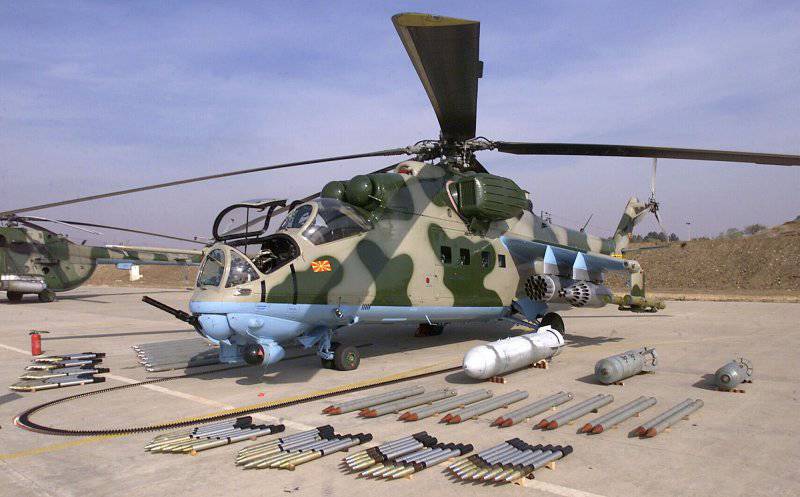
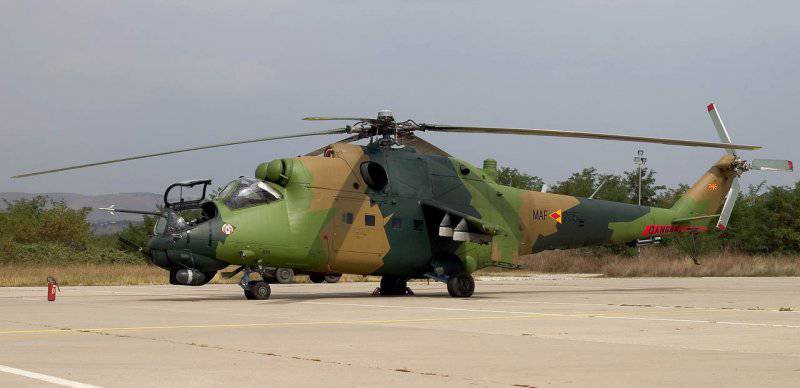
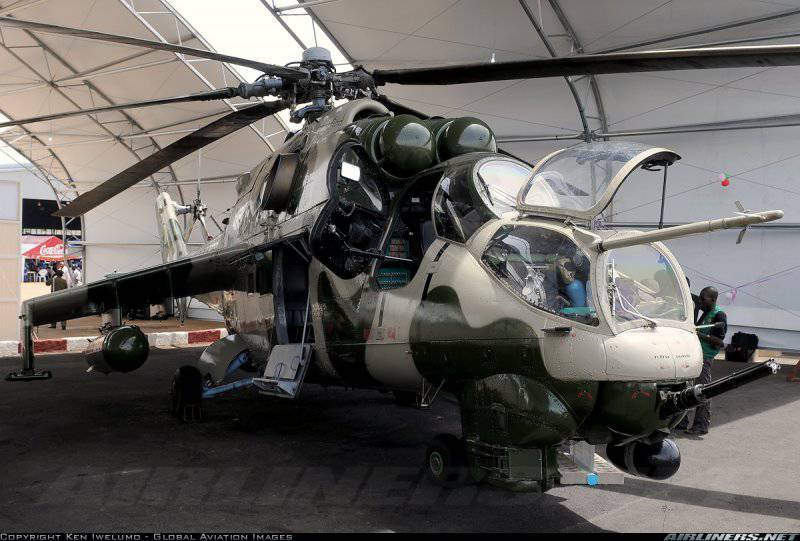
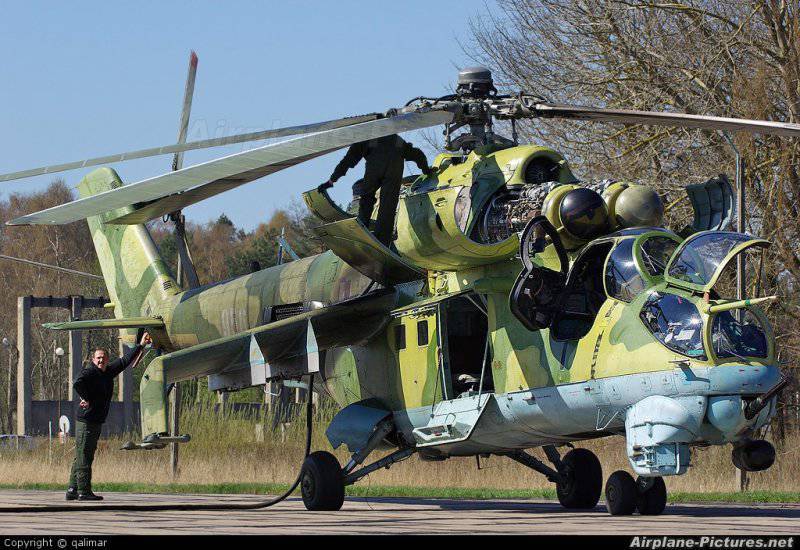
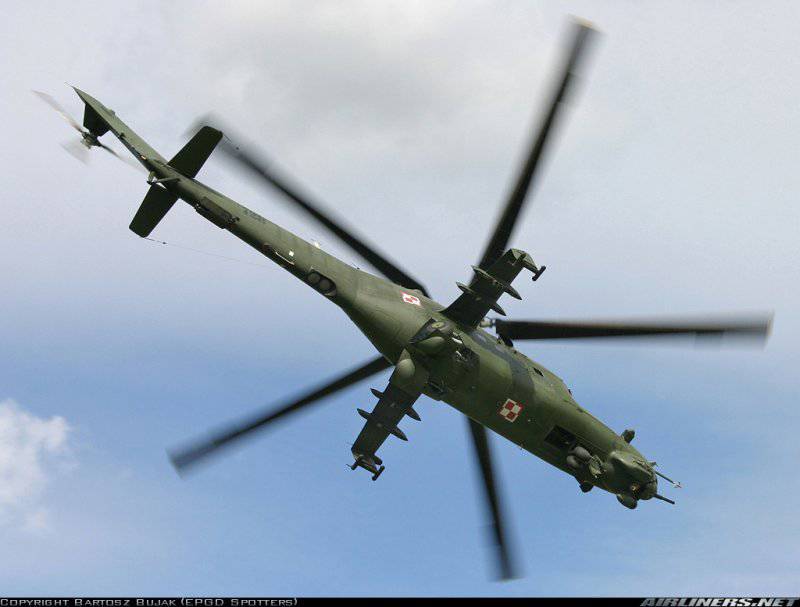
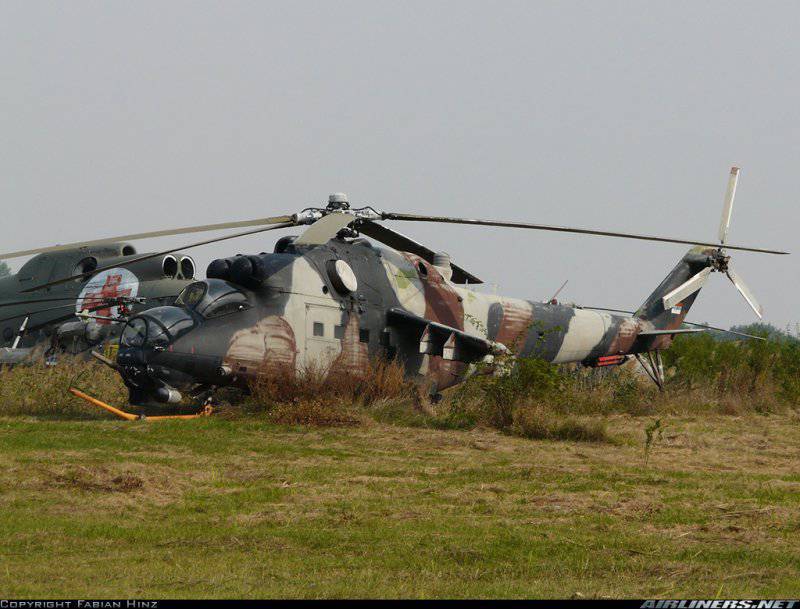
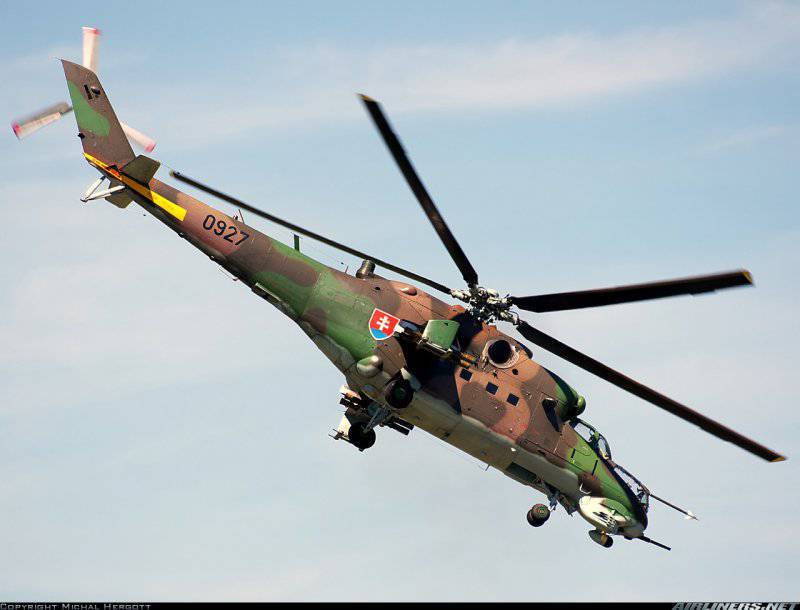
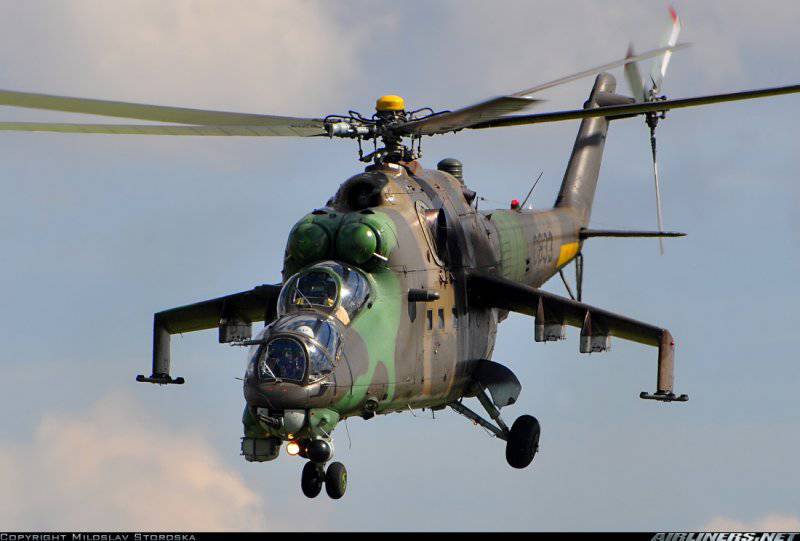
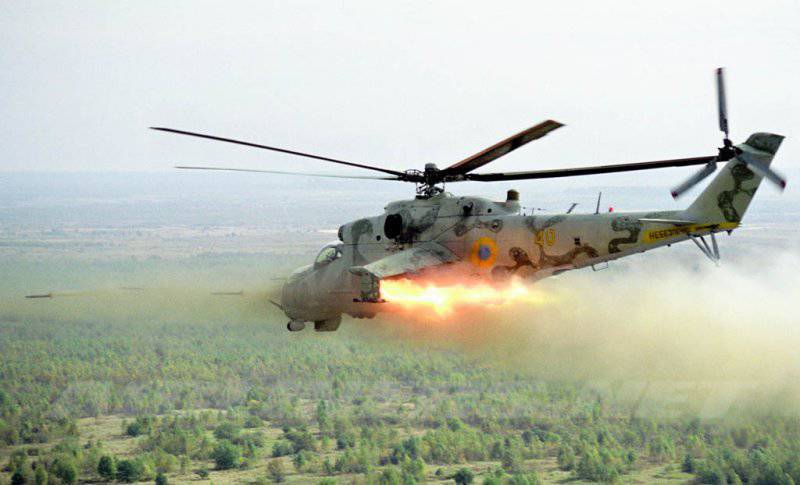
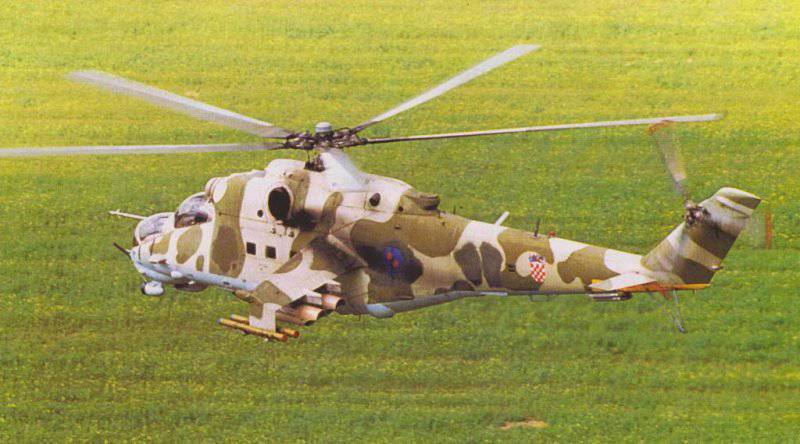
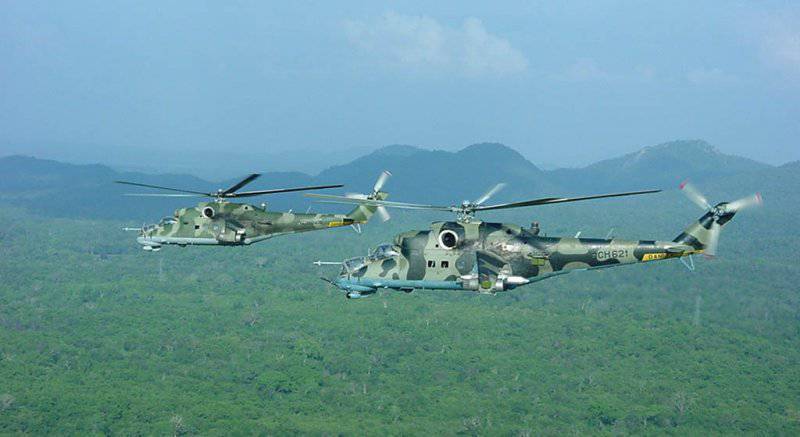
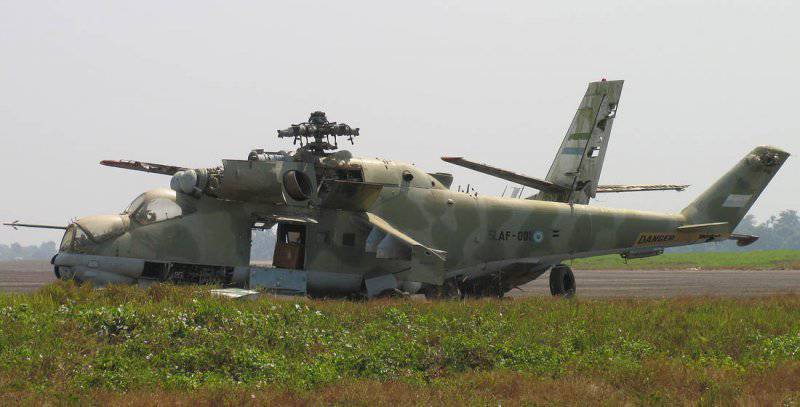
Information